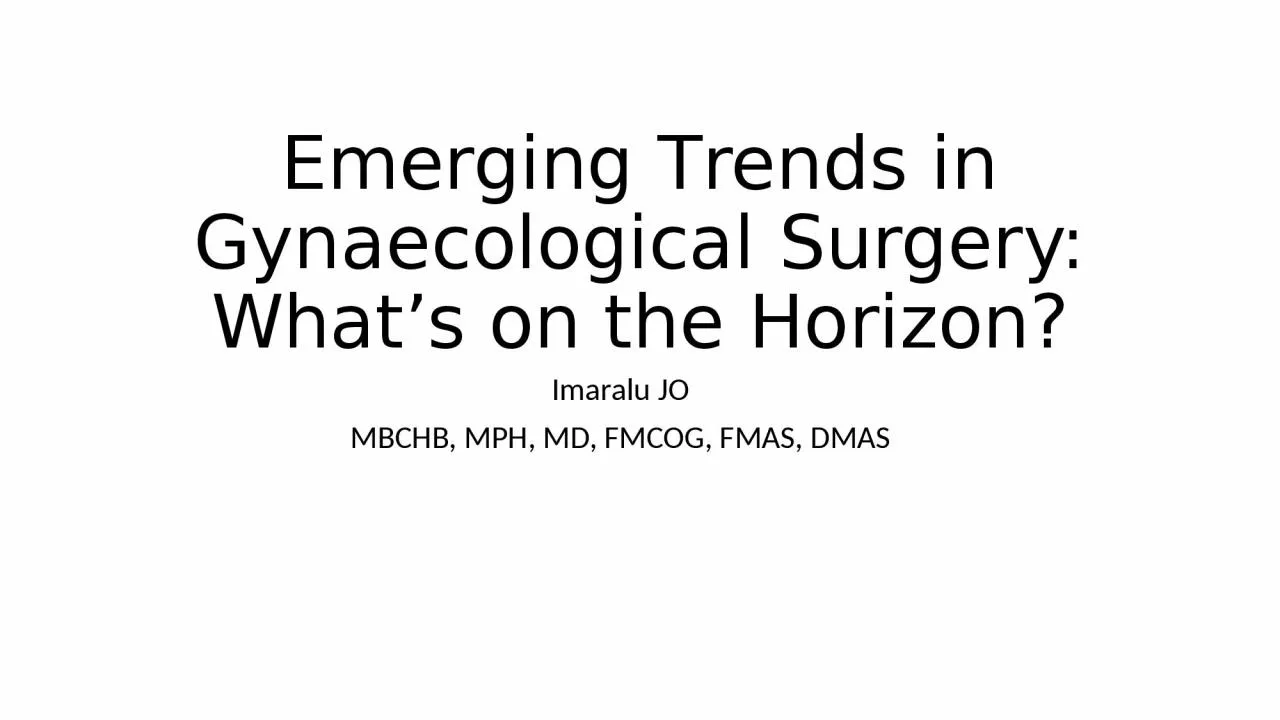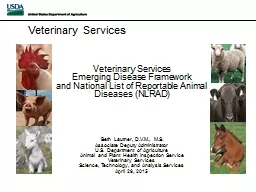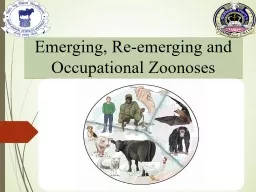PPT-Emerging T rends in G yn
Author : oconnor | Published Date : 2024-02-09
a ecological S urgery W hats on the H orizon Imaralu JO MBCHB MPH MD FMCOG FMAS DMAS Outline Historical trends in gynaecological surgery innovations in basic
Presentation Embed Code
Download Presentation
Download Presentation The PPT/PDF document "Emerging T rends in G yn" is the property of its rightful owner. Permission is granted to download and print the materials on this website for personal, non-commercial use only, and to display it on your personal computer provided you do not modify the materials and that you retain all copyright notices contained in the materials. By downloading content from our website, you accept the terms of this agreement.
Emerging T rends in G yn: Transcript
Download Rules Of Document
"Emerging T rends in G yn"The content belongs to its owner. You may download and print it for personal use, without modification, and keep all copyright notices. By downloading, you agree to these terms.
Related Documents














